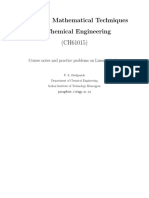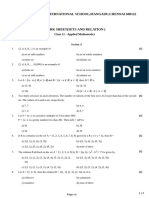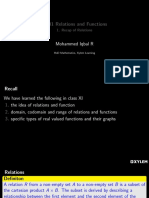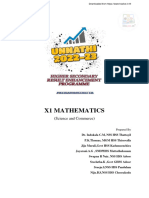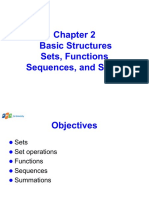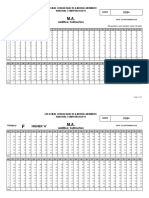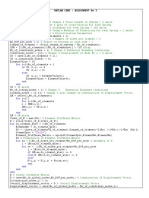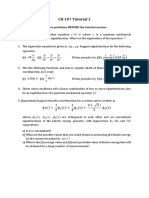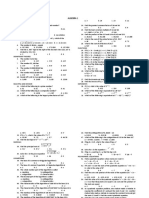0% found this document useful (0 votes)
14 views9 pagesSolved Problems (Sets)
The document discusses sets and relations, providing examples of compositions of relations and operations on sets. It includes solved problems related to set equality, subsets, power sets, and various set operations like union and intersection. Additionally, it covers the properties of relations, including their composition and graphical representation.
Uploaded by
manjubabuck2001Copyright
© © All Rights Reserved
We take content rights seriously. If you suspect this is your content, claim it here.
Available Formats
Download as PDF, TXT or read online on Scribd
0% found this document useful (0 votes)
14 views9 pagesSolved Problems (Sets)
The document discusses sets and relations, providing examples of compositions of relations and operations on sets. It includes solved problems related to set equality, subsets, power sets, and various set operations like union and intersection. Additionally, it covers the properties of relations, including their composition and graphical representation.
Uploaded by
manjubabuck2001Copyright
© © All Rights Reserved
We take content rights seriously. If you suspect this is your content, claim it here.
Available Formats
Download as PDF, TXT or read online on Scribd
/ 9




